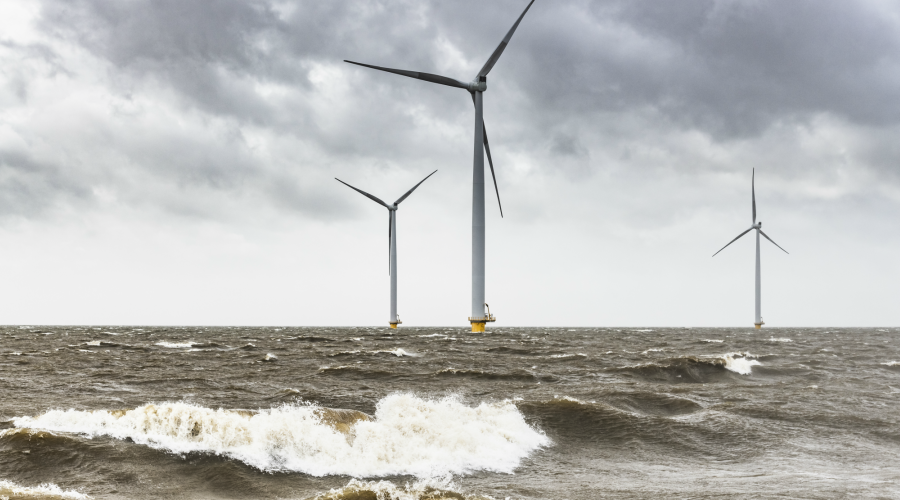Earlier this week Boris Johnson announced a Ten Point Plan for a Green Industrial Revolution, as a step towards the UK's net zero 2050 target and a roadmap for a green economic recovery from the coronavirus pandemic.
Like most of Boris Johnson's announcements, the plan is light on detail and the real meat will come over the next year or two with the publication of the Energy White Paper, the Transport Decarbonisation Plan and various strategies covering heat and buildings, hydrogen and CCUS, national infrastructure and – crucially – a Net Zero Strategy that will set out the Government's pathway for transitioning to a net zero economy.
But for now at least, the Ten Point Plan clarifies the direction of travel and sets out the high level ambitions. We identified many of these in our Green Recovery report in conjunction with Utility Week which you can find here.
The Plan confirms the offshore wind target of 40GW by 2030 and also that the ban on sales of petrol and diesel cars will be brought forward to 2030 (although hybrids can still be sold up to 2035), with funding for more charging infrastructure. It also promotes energy efficiency, extending the Green Homes Grant by a year and setting a target for 600,000 heat pumps installed every year by 2028.
Hydrogen at scale will play a key role, with an aim of 5GW low carbon hydrogen production capacity by 2030, which appears to be a combination of 'green' hydrogen from renewables and 'blue' hydrogen from natural gas, with the carbon dioxide captured using CCUS technology: the aim is to capture 10MT of carbon dioxide by 2030.
Finally, there is a role for nuclear power, in particular small and advanced modular reactors, with development funding for large-scale new nuclear projects where there is value for money.
Inevitably the Plan doesn’t go as far as some would want it to – both in terms of the level of detail and the financial pledges being made. But it is good to have this further clarity and encouraging signs that policy is going in the right direction. It's also good to see that the plan sets out some milestones for each of the 'points' (albeit these are a bit vague and described as "target" milestones ). Nonetheless these do provide a measure which allow us to check the pulse of progress from time to time and potentially hold Government to account.





